Copper is one of the essential elements for plant growth and health. Unfortunately, copper deficiency can cause several problems in plants, including stunted growth, yellowing leaves and flowers, and even death. Copper is a vital mineral that helps plants and soil absorb essential nutrients. Unfortunately, copper deficiency can occur when levels are too low in the environment.
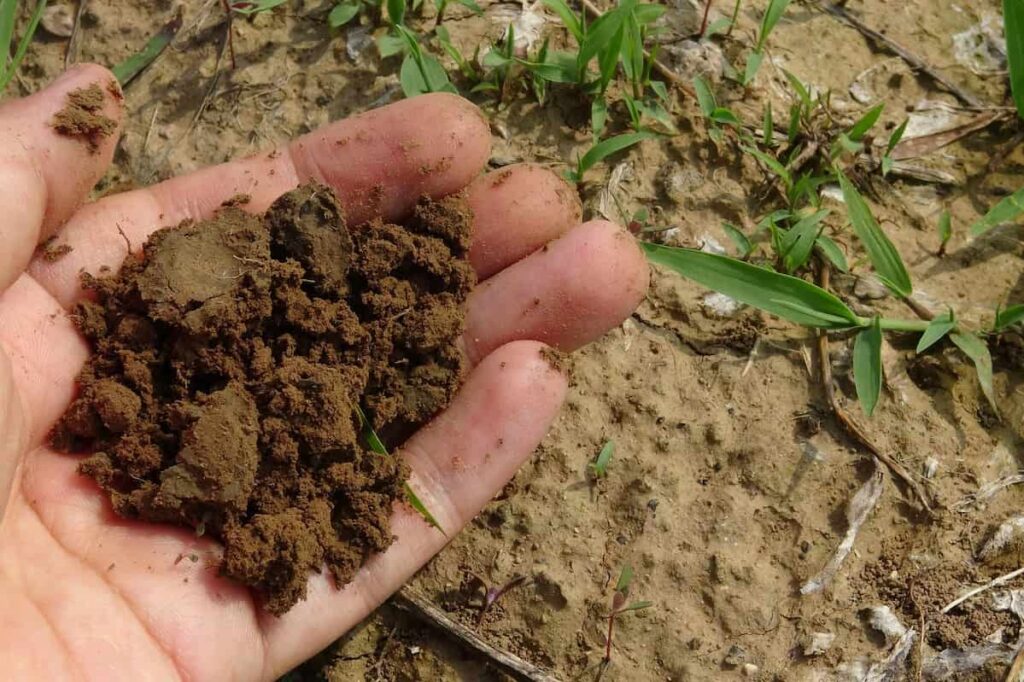
How to fix Copper deficiency in plants and soil
What is a Copper deficiency in soil and plants?
Copper deficiency is a common problem in soil and plants. Copper deficiencies are often caused by a lack of available copper in the soil or water, as well as other factors like pollution or poor drainage. Copper deficiency is an issue that can occur when the plant lacks copper. This can be caused by many factors like low soil levels, rainfall that washes away copper ions, or pollution.
Copper is found mainly in organic matter, so adding compost or manure to the soil will help increase its availability to plants. Additionally, copper can be added to plant food through chelated forms such as copper sulfate or cupric chloride.
Symptoms of Copper deficiency in plants
Symptoms of copper deficiency include yellowing of the leaves and petals, stunted growth, and signs of stress such as wilting or browning of the foliage. Copper deficiencies can be caused by several factors, including environmental pollutants like heavy metals or chemicals, low fertility levels, drought conditions, or inadequate irrigation. Copper is a nutrient essential for plant growth and health. Deficiency can lead to yellowing leaves, stunted growth, abnormal root growth, and even death.
Copper deficiency symptoms can vary depending on the plant species and can include: stunted growth, discoloration of leaves and flowers, decreased crop yields, weakness in stems and roots, and chlorosis (a leaf yellowing caused by a lack of iron). In some cases, copper deficiency may not be immediately apparent but will become evident over time due to the cumulative effects of insufficient metal levels in the soil. Here are the most common symptoms of copper deficiency in plants:
- Yellowing leaves
- Stunted growth
- Abnormal root growth
- Leaves are pale or yellow
- Leaves turn brown and fall off
- Foliage is brittle
- Crop yield is decreased
If you suspect your plant is suffering from copper deficiency, there are some signs to look for: Leaves may become yellowed and mottled; growth may be stunted, and yields may decrease. To help your plants remediate their Copper deficiency symptoms. Naturally, add one tablespoon of organic compost per 1000 square feet to your garden each fall (or anytime during the growing season).
If you’d like to give your plants an extra boost of copper through chemical means, consider treating your soil with an elemental sulfur product such as sulfuramide or dithionite before planting seeds or transplants to increase the uptake of available copper into the plants’ systems.
In case you missed it: How to Make Potting Soil Mix for Vegetables: Homemade Recipes, Top Potting Soil Mixes for Vegetable Garden
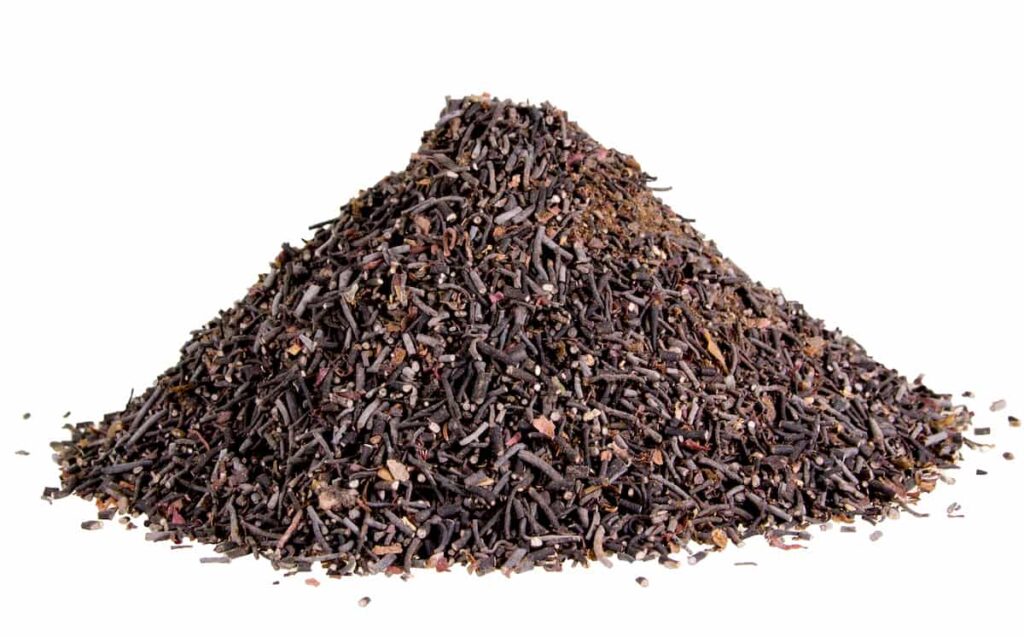
Ways to fix Copper deficiency in soil
- Copper is essential for plant growth and health; without it, plants can’t produce their usual crops. There are several ways to fix the copper deficiency in soil and plants, depending on the cause.
- One way to increase the availability of copper for plants is to increase their supplemental feeding regimen with elemental iron or zinc oxide chelated with EDTA (ethylenediaminetetraacetic acid). This will help ensure enough trace elements are available when they may be deficient.
- Copper is also important for fungal growth, so adding composted organic matter will help the proliferation of fungi. Finally, you can use chemicals to address copper deficiency if necessary. Firstly, check the pH levels if your soil is deficient in copper. Copper is most soluble in acidic soils, so if the soil pH levels are too high or low, this may contribute to a copper deficiency. If the pH levels are within range, consider adding compost or manure to improve the soil’s fertility.
- Another way to fix a copper deficiency is to add ground-up apricot pits or apples to the soil, as they will help increase the availability of this nutrient. You can also add supplemental copper sulfate or cupric oxide powder to your garden. Carefully read all safety precautions before using these products because they can be harmful if used incorrectly.
- Finally, if you suspect that there may be a chemical cause for your copper deficiency, you can test your soil for metals with a lab test kit. If there is an excessive amount of metals in your soil, you may need to fertilize with specific metals instead of just adding them at a general level.
- Copper is an essential nutrient for plants, required in small amounts for photosynthesis. Therefore, a copper deficiency can result in yellowing, stunted growth of plants, and decreased crop yields. Copper deficiency is most commonly found in soil with clay content. Mix 2 parts copper sulfate with 1 part sand to add copper to the soil. Soil should be moistened before adding the mixture and then tilled or worked into the topsoil. Repeat annually if needed. Copper can also be added chemically using a copper sulfate or copper oligomer solution. Dilute the solution accordingly before using it on the ground, and avoid contact with water.
Add organic matter to the soil:
Adding compost, manure, or leaves to the soil will help increase the amount of organic matter, which will help improve copper absorption.
Use mulch:
Mulching with wood chips, bark chips, or other materials can help keep the soil cooler and protect it from direct sunlight, which can increase copper absorption.
Plant copper-rich plants:
Plants high in copper include lavender, hops, fennel, and dill. Planting these plants near areas where copper is deficient may help improve the uptake of the mineral by the plant.
In case you missed it: Tips When Switching from Solid Fertilizers to Liquid Fertilizers
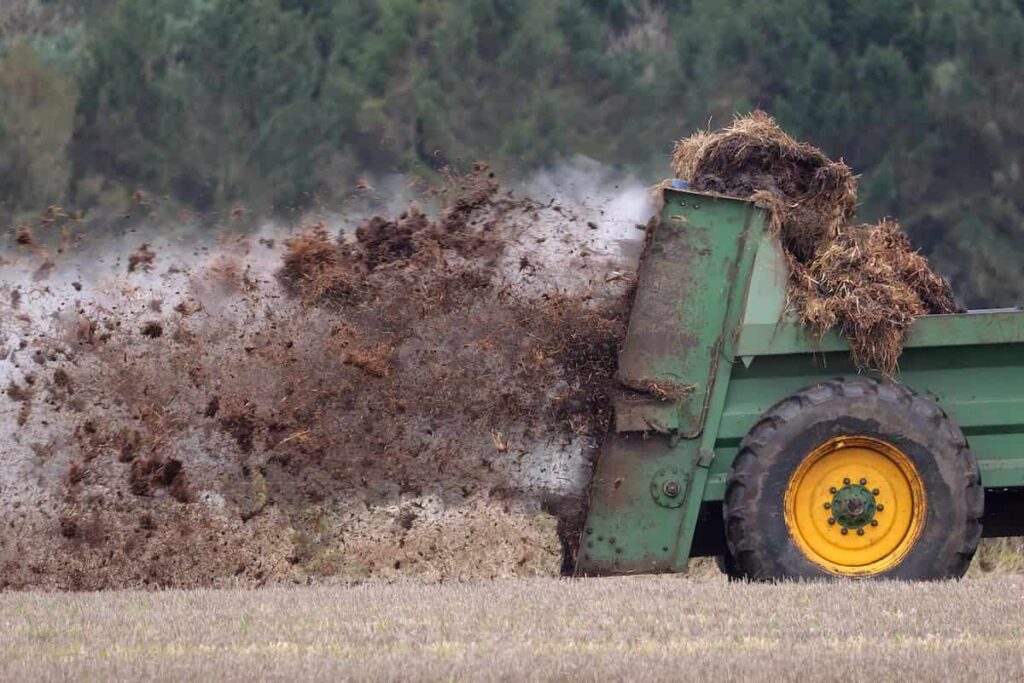
Use a chelated form of iron:
Chelated forms of iron (such as ferrous sulfate) can be used as a fertilizer and help improve copper absorption by the plant.
Try a copper supplement:
A dietary supplement that contains copper can be helpful for those who have difficulty absorbing the mineral from their soil.
Adding copper sulfate:
One popular way to provide copper to plants is by adding copper sulfate. This can be done through fertigation or as a foliar spray. Copper sulfate has a long lifespan in the soil, so it will continue to provide benefits even after the initial application. Mix 1 part copper sulfate with 9 parts water and spray onto the leaves of affected plants.
Make sure to read the product label beforehand since concentrations will vary. Adding elemental copper another option is to add elemental copper directly to the soil. This can be done through a mineral fertilizer or as a top dressing on plantings not receiving fertigation services.
Signs and symptoms of Copper deficiency in plants
- Copper deficiency often manifests as a reduction in plant growth, chlorosis (yellowing of foliage), and a reduction or loss of leaves.
- Copper is important for photosynthesis and the production of proteins, so deficiencies can lead to various problems, including poor crop yields and decreased resistance to pests and diseases.
- There are several ways to test for copper deficiency in plants: using an indicator like root extract or color change in the leaves when subjected to light exposure, looking for changes in the amount of available nitrogen, or checking the pH levels of soil samples.
- If copper is deficient, adding copper sulfate or other forms of copper to the soil will help correct the problem. In some cases, chemically-based copper fertilizers may also be necessary.
- Copper toxicity can occur when plants absorb too much from the soil or water sources, so it’s important to be careful when applying any copper fertilizer or pesticide.
- While there isn’t always a quick fix for correcting copper deficiencies in plants, understanding how they manifest themselves and implementing proper remediation procedures will go a long way toward ensuring healthy plants that produce crops.
Management of Copper for crop production
Copper is an essential nutrient for plants, and deficiencies can lead to various problems. Copper deficiency is most commonly seen in plants growing in soils with low mineral concentrations. Symptoms of copper deficiency include decreased growth, chlorosis (a light yellowing or bleaching of the leaves), and stunted flower and fruit production.
There are several causes of copper deficiency, including high levels of nitrogen or potassium in the soil, using organic fertilizers that contain little or no copper, and heavy metal pollution. Adding copper to the soil can help resolve the deficiency, as can chemically-based treatments like chelating agents. However, in cases where copper is not available naturally, it is necessary to add it through chemical means.
In case you missed it: How to Fix Nitrogen Deficiency in Soil and Plants: Symptoms, Causes, Adding Naturally, and Chemically
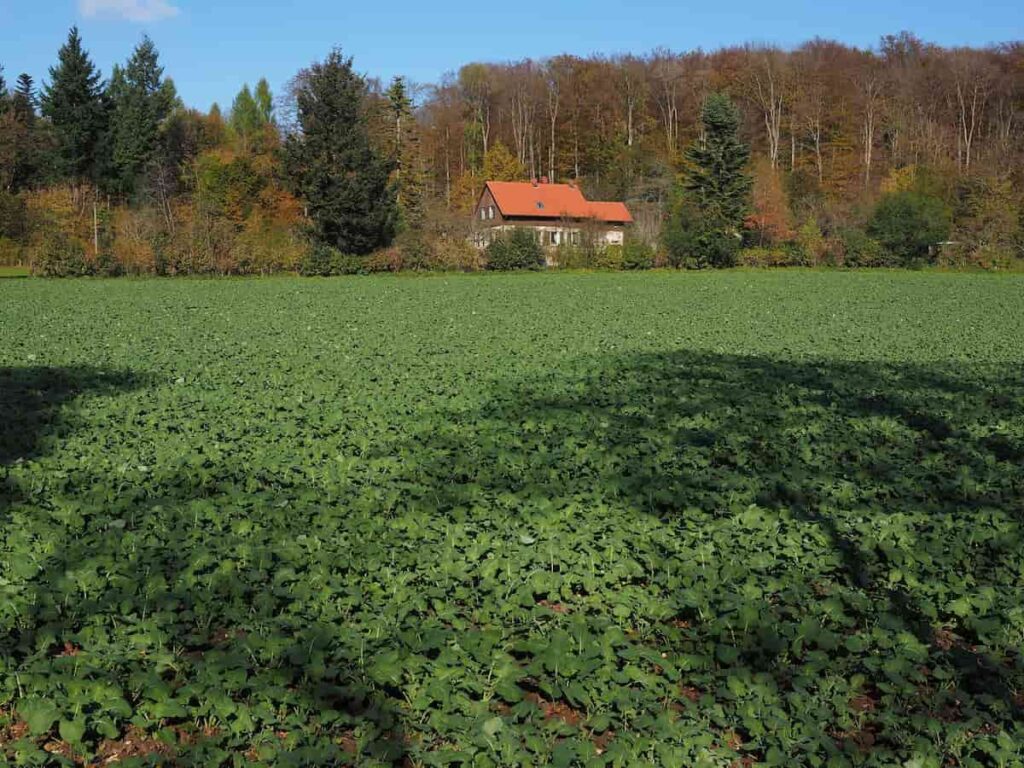
Tips to prevent Copper deficiency in plants
- Like most gardeners, you probably take for granted that healthy plants require plenty of good soil. But did you know that some plants can be deficient in copper? Copper is an essential mineral for plants, and when it’s unavailable in the soil, the plant won’t be able to use it to make proteins and other important nutrients.
- To correct a copper deficiency in soil and plants, first, find the cause. For example, supplemental copper may be needed due to inadequate environmental availability. However, adding copper back into the soil usually only needs to be done once per year if it’s an ongoing problem with copper deficiency symptoms reappearing each season.
- If supplemental copper is not enough, then sometimes chemical methods must be used to increase copper availability in the soil. These methods include using chelating agents or combining Copper Sulphate with Elemental Sulfur, which binds to minerals and makes them more available for plants to uptake.
Tips to solve Copper deficiency in soil
- Ensure your soil is properly amended with compost and other organic matter. A good way to test if your soil is deficient is to add a small amount of chelated copper (available from some garden supply stores) to a pot of soil and see if the plant takes up the material well. If not, you want to add more compost or other organic matter to improve your soil’s texture and nutrient content.
- Limit the use of chemical fertilizers that contain copper compounds. Instead, use natural fertilizers that are high in nitrogen and phosphorus.
- Remove decaying or diseased foliage, as this can release toxic metals into the soil.
- Until the soil regularly breaks up compacted layers, allowing air and water to penetrate more deeply.
- Plant copper-rich plants in areas where they will be well-utilized, such as near buildings or on hillsides where rainwater will drain quickly away. Avoid planting them near water sources that might become polluted or stagnant over time.
- Inspect plant leaves for signs of copper deficiency (usually bronze discoloration), and treat as needed with a fungicide or other nutrient therapy, depending on the severity of the deficiency.
- Prune away any severely diseased or dying plants to reduce potential contamination from toxins released by these plants’ decomposition process.
- Try growing container gardens using mixes specifically designed for gardening with copper-deficient plants. These mixes typically include high levels of manganese and copper, which helps the plant absorb more of this important mineral.
- Add a little iron fertilizer to your garden every year during the flowering time (early spring through late autumn). Iron deficiencies can be caused by low levels of zinc in the soil, so giving your plants what they need helps them produce flowers and fruit successfully.
In case you missed it: How to Fix Potassium Deficiency in Soil and Plants: Causes, Symptoms, Adding Naturally, and Chemically
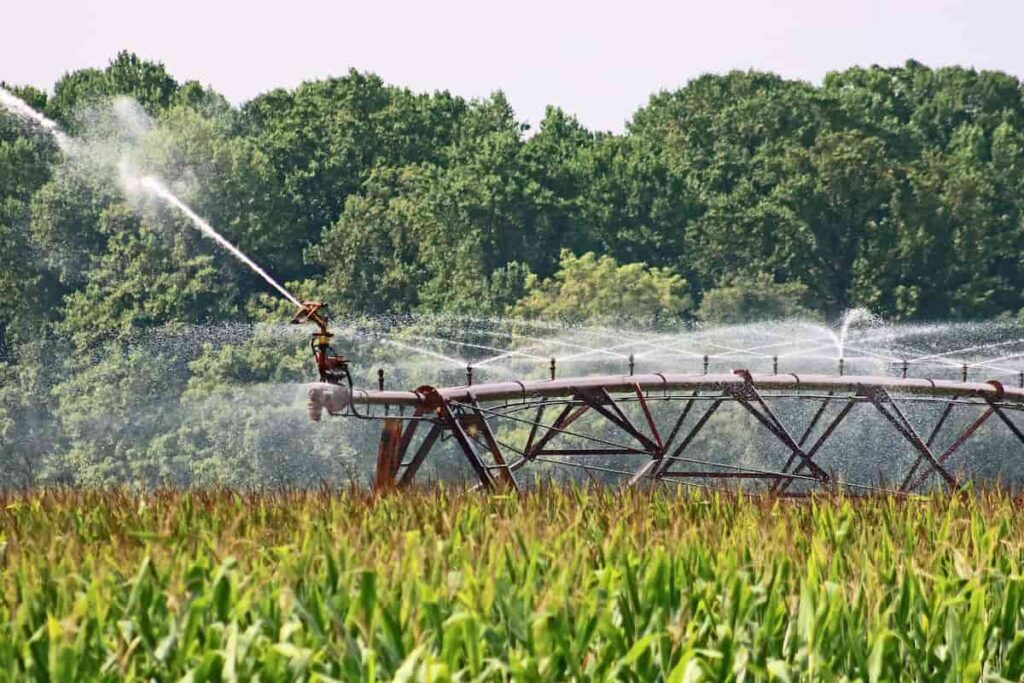
Causes of Copper deficiency in plants
Copper is a vital nutrient for plants, and deficiency can lead to several plant problems. Copper is usually found in soil in the form of copper oxide and copper sulfate. It is available to plants as part of the water cycle, but when there is too little copper in the soil, plants may not be able to absorb it. Copper deficiency causes chlorosis (a yellowing of the plant leaves), stunted growth, and decreased crop yields.
The most common causes of copper deficiency are lack of organic matter, low calcium levels in the soil, and high pH levels. Adding compost or organic matter to the soil can help increase its copper content.Additionally, adding elemental sulfur (available at garden centers) can help improve plant copper absorption. Copper can also be taken up through the roots using chelated forms such as cupric sulfate (Epsom salts). When copper levels are low, adding this compound will allow the plant to uptake more than it would with elemental copper.
Fix the copper deficiency in soil and plants chemically
- Check soil pH and adjust as needed.
- Add sulfur to the soil if there is a copper deficiency.
- Add zinc to the soil if there is a copper deficiency.
- Add manganese to the soil if there is a copper deficiency.
- Apply chelated iron or ferrous sulfate to the soil to help increase plant-available iron and zinc, manganese, and sulfur uptake.
- Use a balanced fertilizer that contains all the nutrients necessary for plant growth to correct the copper deficiency.
- Remove any dead plants and debris from around the roots of plants afflicted with copper deficiency.
- Mulch around plants to keep them warm in cooler weather and protect them from wind damage.
- Reduce or avoid using water from creeks or other bodies of water that supply runoff into agricultural soils where copper may accumulate while providing adequate irrigation elsewhere in the landscape.
Tips to fix the copper deficiency in soil and plants naturally
Look for soil deficiencies:
It is an important element for plant growth and function, so it’s important to check if there are any deficiencies in the soil first. For example, look for signs of iron or zinc deficiency, which can cause plant copper deficiency symptoms.
Add organic matter:
One way to get more copper into the soil is to add some organic matter, like compost or aged manure. These materials help increase the amount of plant-available nutrients, including copper.
In case you missed it: How to Fix Phosphorus Deficiency in Soil and Plants: Symptoms, Causes, Adding Naturally, and Chemically
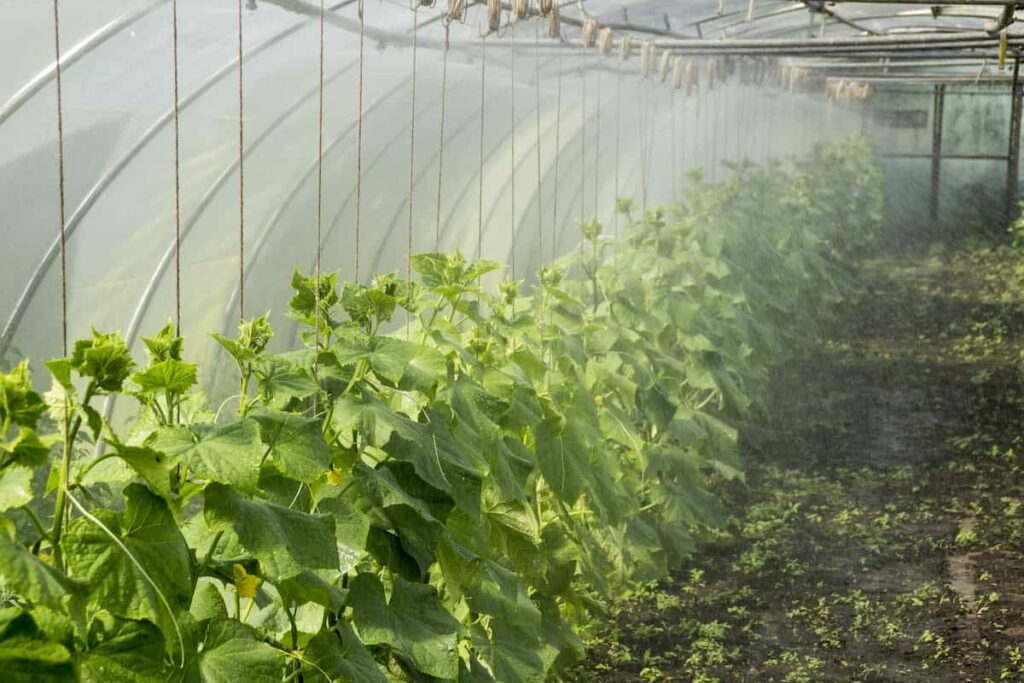
Plant copper-rich plants:
If you have copper deficiency symptoms in your plants, try planting them with plants that are rich in this mineral. Some examples include calendula flowers, citrus fruits and vegetables (such as lemons and oranges), peas, and wheatgrass.
Use chelating agents:
Sometimes, adding chelating agents (which bind metals to other substances) can help get more copper into the soil where it belongs. Chelating agents can be purchased at garden stores or online.
Use fertilizers with minerals:
Many fertilizers nowadays contain trace amounts of minerals like copper, which can help restore balance to soils lacking this essential nutrient.
Make sure water flows freely through the soil:
Poor drainage can reduce plant water availability and nutrients, leading to Copper Deficiency symptoms. Aeration helps improve drainage by breaking up compacted soils.
Conclusion
Copper deficiency can cause leaves to become yellowed and mottled, stunted growth, and decreased yields. Copper is a vital nutrient for plant growth and health. It helps plants to form new tissues, extract nutrients from the soil, and bind with other minerals.
- Economical Aquaculture: A Guide to Low-Budget Fish Farming
- 15 Common Planting Errors That Can Doom Your Fruit Trees
- How to Make Houseplants Bushy: Effective Tips and Ideas
- Innovative Strategies for Boosting Coconut Pollination and Yield
- Pollination Strategies for Maximum Pumpkin Yield
- The Complete Guide to Chicken Fattening: Strategies for Maximum Growth
- Natural Solutions for Tulip Problems: 100% Effective Remedies for Leaf and Bulb-Related Issues
- Revolutionizing Citrus Preservation: Towards a Healthier, Greener Future
- Natural Solutions for Peony Leaf and Flower Problems: 100% Effective Remedies
- Maximizing Profits with Avocado Contract Farming in India: A Comprehensive Guide
- Natural Solutions for Hydrangea Problems: 100% Effective Remedies for Leaf and Flowers
- The Ultimate Guide to Choosing the Perfect Foliage Friend: Bringing Life Indoors
- From Sunlight to Sustainability: 15 Ways to Use Solar Technology in Agriculture
- The Ultimate Guide to Dong Tao Chicken: Exploring from History to Raising
- The Eco-Friendly Makeover: How to Convert Your Unused Swimming Pool into a Fish Pond
- Mastering the Art of Delaware Chicken Farming: Essentials for Healthy Backyard Flocks
- 20 Best Homemade Fertilizers for Money Plant: DIY Recipes and Application Methods
- How to Craft a Comprehensive Free-Range Chicken Farming Business Plan
- Brighten Your Flock: Raising Easter Egger Chickens for Beauty and Bounty
- How to Optimize Your Poultry Egg Farm Business Plan with These Strategies
- Subsidy for Spirulina Cultivation: How Indian Government Schemes Encouraging Spirulina Farmers
- Ultimate Guide to Raising Dominique Chickens: Breeding, Feeding, Egg-Production, and Care
- Mastering the Art of Raising Jersey Giant Chickens: Care, Feeding, and More
- Ultimate Guide to Raising Legbar Chickens: Breeding, Farming Practices, Diet, Egg-Production
- How to Raise Welsummer Chickens: A Comprehensive Guide for Beginners
- How to Protect Indoor Plants in Winter: A Comprehensive Guide
- Ultimate Guide to Grow Bag Gardening: Tips, Tricks, and Planting Ideas for Urban Gardeners
- Guide to Lotus Cultivation: How to Propagate, Plant, Grow, Care, Cost, and Profit
- Agriculture Drone Subsidy Scheme: Government Kisan Subsidy, License, and How to Apply Online
- Ultimate Guide to Raising Araucana Chickens: Breed Profile, Farming Economics, Diet, and Care
- Bringing Hydroponics to Classroom: Importance, Benefits of Learning for School Students
- Ultimate Guide to Raising Polish Chickens: Breed Profile, Farming Economics, Diet, and Care
- Ultimate Guide to Raising Australorp Chickens: Profile, Farming Economics, Egg Production, Diet, and Care
- Silkie Chicken Farming: Raising Practices, Varieties, Egg Production, Diet, and Care
- Sussex Chicken Farming: Raising Practices, Varieties, Egg Production, Diet and Care
- Homemade Feed Formulations for Livestock: Discover Cost-effective Starter to Finisher Feed Recipes
Great article in defense of copper sulfate use.